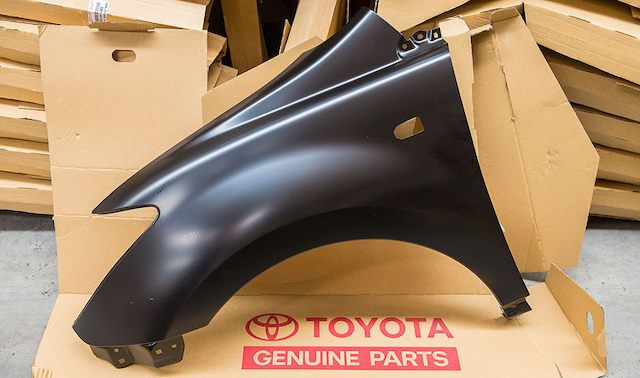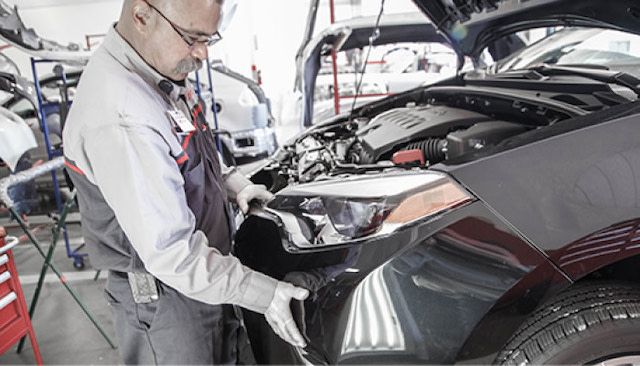When your Toyota requires some bodywork, opting for OEM replacement parts is essential. While you might consider ordering these parts and attempting the repairs yourself, bodywork is notoriously challenging to execute effectively at home. It’s generally best left to professionals who possess the expertise and tools necessary to ensure a flawless outcome. If you're aiming for top-tier bodywork, entrusting it to a reputable body shop is your best bet.
However, here’s where things get tricky: many body shops prefer to use aftermarket parts due to their lower costs. This can pose significant problems, especially since aftermarket parts often lack the reliability and precision of OEM components. The good news is that there are ways to ensure your body shop adheres to using only OEM parts. We'll guide you through the process.
Why OEM Auto Body Parts Outshine Aftermarket Options

Contrary to popular belief, auto body parts aren't just for aesthetics—they play a critical role in vehicle safety and performance. For instance, the hood is specifically engineered to crumple in a collision, a feature that has undergone rigorous testing during the vehicle's development. Choosing aftermarket parts can be risky, as they often fall short in terms of safety, quality, and proper fitment.
In contrast, OEM auto body parts are a far more dependable choice because:
- They maintain optimal performance during accidents
- They are crafted from high-quality materials
- They ensure a precise fit
- Toyota typically provides a 12-month, unlimited-mile warranty on most parts
Therefore, if your Toyota requires bodywork, insisting on the exclusive use of OEM replacement parts is advisable. Here’s how you can achieve this in three straightforward steps:
Step 1: Inform the Body Shop About Your Preference for OEM Parts

Open communication is vital. Clearly communicate to the body shop that you wish to use only OEM replacement parts on your Toyota. Be prepared for the possibility that they might not be able to comply due to restrictions imposed by your insurance provider. In such cases, reaching out directly to your insurer is the next step.
Step 2: Contact Your Insurance Provider
Should the body shop inform you that they cannot use OEM parts due to insurance constraints, take action by contacting your insurance company. File a formal complaint to explore whether they’d be willing to cover the expense of OEM parts. If your vehicle is a newer model and part of a popular make, finding OEM parts is usually straightforward. In these instances, the insurance company might agree to cover the cost of OEM parts, albeit possibly with an additional premium.
Step 3: Offer to Cover the Price Difference
Even if the insurance company remains inflexible, you can still advocate for OEM parts by offering to cover the price difference. While the insurance company will cover the cost of aftermarket parts, you retain the option to pay extra for OEM parts instead. This approach allows you to uphold the integrity of your vehicle without compromising on quality.
For those operating within a tight budget, you can also purchase genuine OEM Toyota body parts directly from suppliers like us. We offer wholesale pricing, enabling you to save approximately 30% compared to retail prices. Our extensive catalog includes a wide range of genuine OEM Toyota body parts. Providing the correct part numbers for your specific model beforehand can help streamline the process and earn appreciation from the body shop.
To locate the exact part numbers for your Toyota, consult our comprehensive catalog or visit your local dealership.
Custom Printing,Air Layer Fabric,Drill Rayon Fabric,Rayon Printed Fabric
Shaoxing MingFang Textile Co., Ltd , https://www.printingsfabric.com